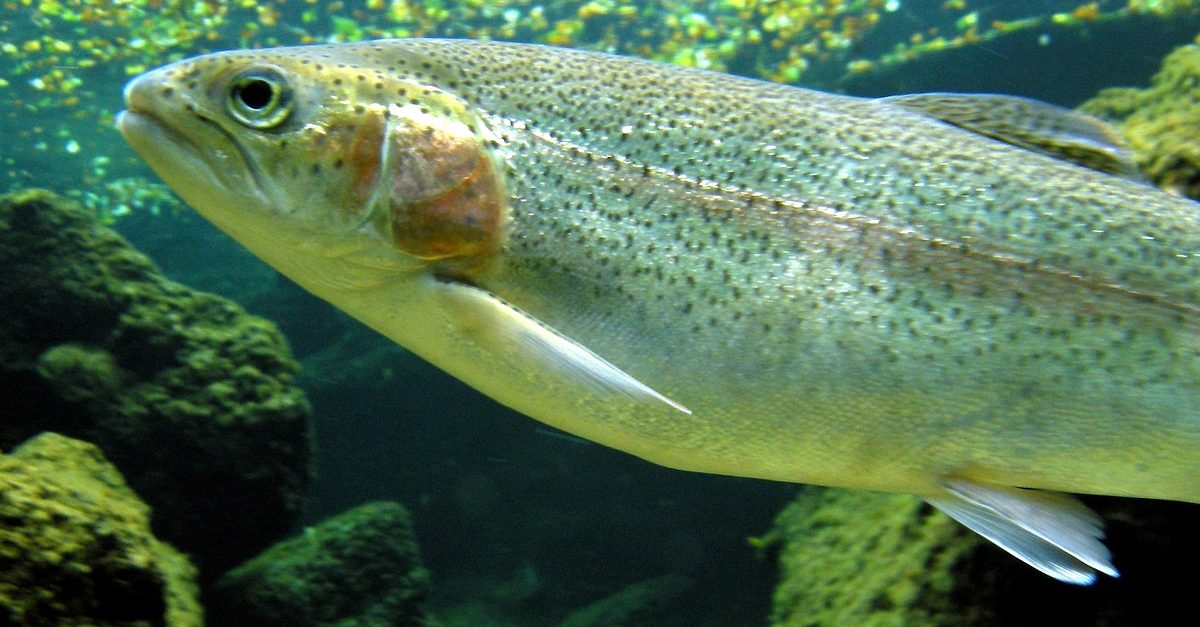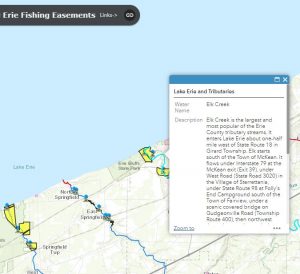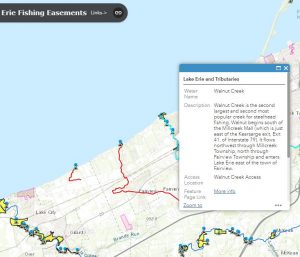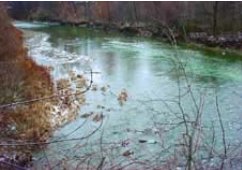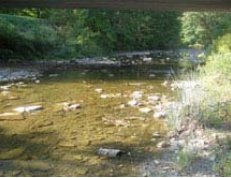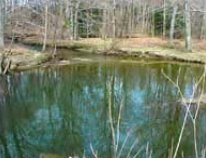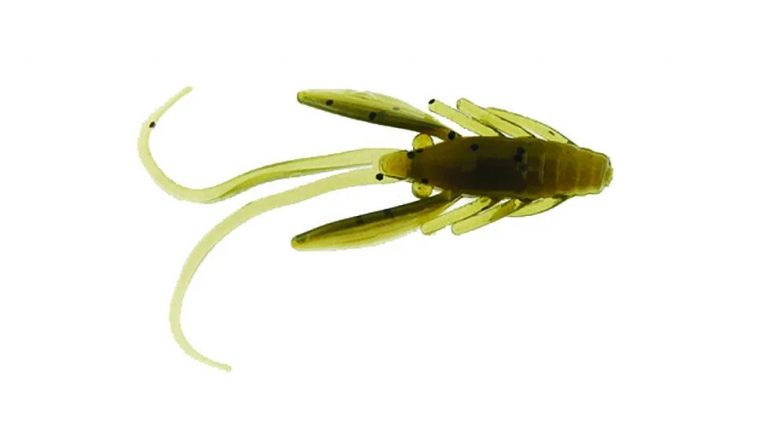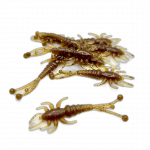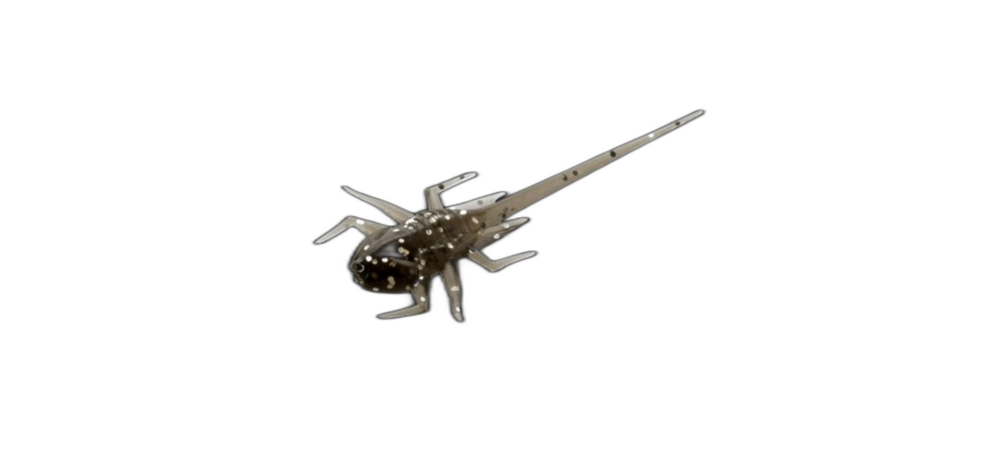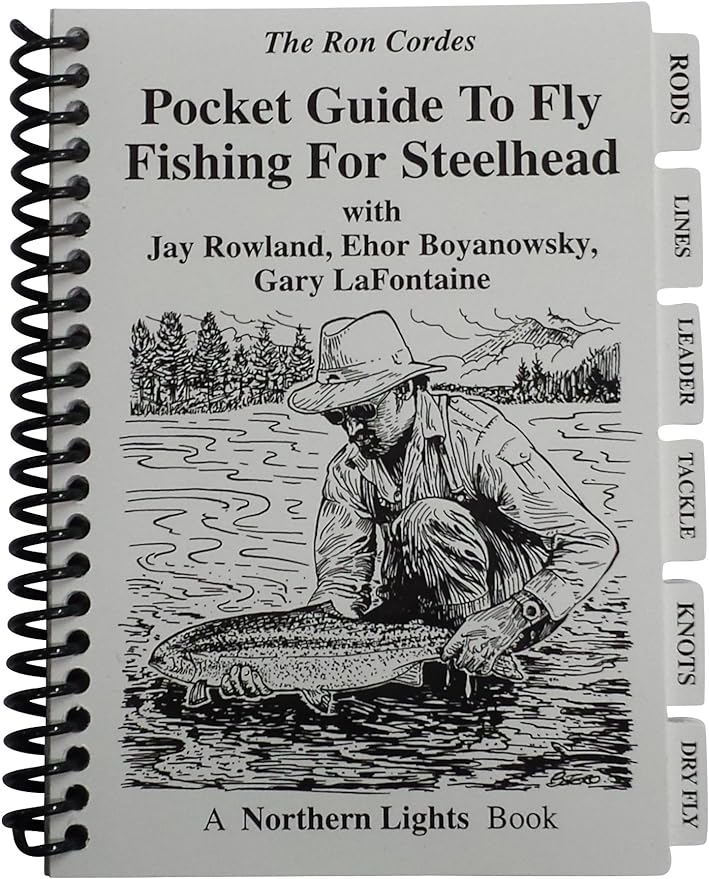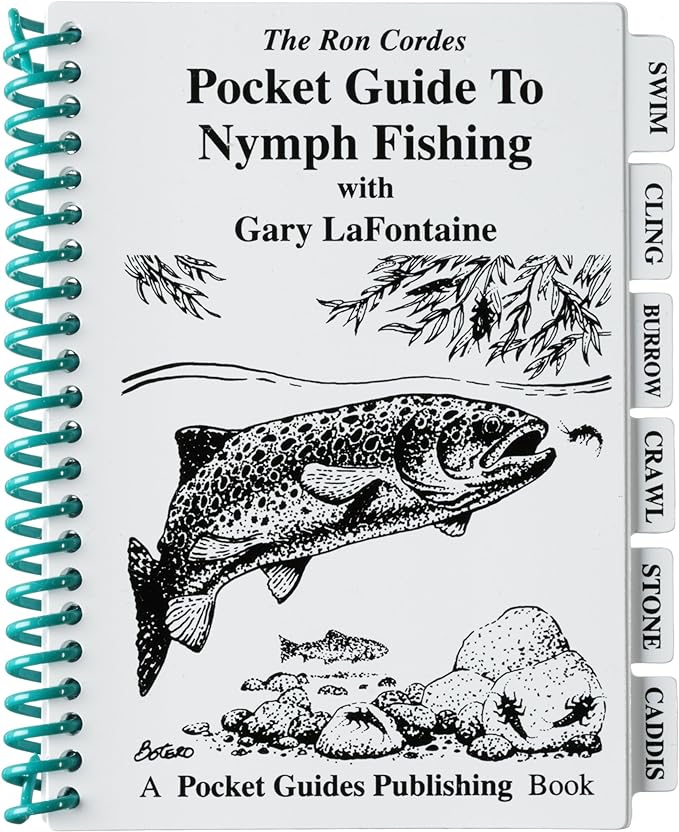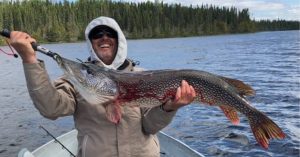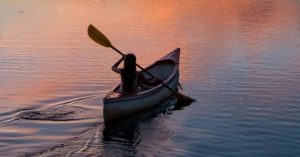Steelhead in Erie Pa. – Fishing Gear and Techniques
Fishing for Steelhead in Erie, Pennsylvania, presents anglers with a thrilling challenge and the opportunity to reel in some of the most prized catches the region has to offer. Whether you’re a seasoned angler or a novice looking to experience the adrenaline rush of battling these powerful fish, having the right gear and mastering effective techniques is essential.
In this guide, we’ll delve into the world of fishing for steelhead in Erie, exploring the gear and techniques that can help you maximize your success on the water. Whether you’re casting your line into the tributaries or targeting steelhead along the shores of Lake Erie, understanding the nuances of equipment and tactics is key to unlocking this exciting fishery.
Defining a Lake Erie Steelhead
The difference between Steelhead in Erie Pa. and rainbow trout lies primarily in their life history, behavior, and habitat preferences:
Lake Erie Steelhead: Erie steelhead, also known as steelhead trout, are a migratory form of rainbow trout (Oncorhynchus mykiss). They spend the majority of their lives in the many tributaries of Lake Erie but migrate to Lake Erie to feed and grow before returning to the tributaries to spawn.
Rainbow Trout: Rainbow trout, on the other hand, typically spend their entire lives in the tributaries, although they may migrate within river systems. They do not undertake long-distance migrations to the large bodies of water like steelhead.
In summary, while Steelhead in Erie and rainbow trout are closely related species, their differences primarily stem from their migratory behavior, life history, and habitat preferences. Erie Steelhead undertake long-distance migrations between tributaries and Lake Erie itself, while rainbow trout typically remain in the tributaries throughout their lives.
Preferred Habitats:
Steelhead in Erie prefer cold, oxygen-rich waters with ample cover and suitable spawning habitat. In Lake Erie tributaries, they are commonly found in deep pools, runs, and riffles with gravel substrate for spawning. Steelhead also seek out areas with overhead cover, such as fallen trees and undercut banks, to provide protection from predators and overhead sunlight.
Top Hotspots for Erie Steelhead Fishing
Understanding the Behavior of Steelhead in Erie
Lake Erie steelhead, also known as steelhead trout, are a unique and sought-after species among anglers for their elusive nature and impressive fighting ability. To effectively target these prized fish, it’s crucial to have a deep understanding of their behavior and characteristics.
Migratory Patterns:
In late fall and early winter, Erie steelhead begin their upstream migration, traveling from Lake Erie into tributary rivers and streams to spawn. This migration typically peaks from October to December, depending on factors such as water temperature and flow. Once in the tributaries, steelhead may travel several miles upstream, navigating obstacles such as dams and riffles to reach suitable spawning grounds.
Click on the images below to open a new tab with creek details from the Pennsylvania Fish and Boat Commission.
Best Baits and Lures for Erie Steelhead
Erie steelhead are opportunistic feeders, preying on a variety of aquatic insects, crustaceans, and small fish throughout their lifecycle. In Lake Erie tributaries, they exhibit heightened feeding activity before and after spawning. During this time, steelhead are often found in areas with abundant food sources, such as deep pools, riffles, and eddies. Anglers can capitalize on this feeding behavior by presenting a variety of baits and lures to entice strikes.
Some popular baits are shown below, other popular baits for steelhead in Erie are Nightcrawlers, Minnows, Maggots and Mealworms.
Best Seasons for Erie Steelhead Fishing
If you’re planning a steelhead fishing trip to Erie, timing is crucial. Understanding the best seasons for steelhead in Erie can significantly increase your chances of landing these prized catches.
Fall:
The fall months, particularly from September to November, mark the beginning of the steelhead run in Erie. As temperatures drop and the days shorten, steelhead start their journey from Lake Erie’s deep waters to its tributaries for spawning. This migration triggers a surge of steelhead activity, making fall a peak season for anglers. Cooler temperatures and increased rainfall create optimal conditions, drawing steelhead into the streams in significant numbers.
Winter:
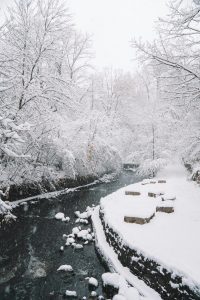 Contrary to what one might expect, winter is another excellent time for steelhead fishing in Erie. From December to February, steelhead continue their migration upstream, seeking out warmer waters for spawning. While the weather may be colder, steelhead remain active in the tributaries, providing anglers with ample opportunities to hook into these powerful fish. The key to winter steelhead fishing is patience and persistence, as fish tend to be more sluggish in the cold water.
Contrary to what one might expect, winter is another excellent time for steelhead fishing in Erie. From December to February, steelhead continue their migration upstream, seeking out warmer waters for spawning. While the weather may be colder, steelhead remain active in the tributaries, providing anglers with ample opportunities to hook into these powerful fish. The key to winter steelhead fishing is patience and persistence, as fish tend to be more sluggish in the cold water.
Spring:
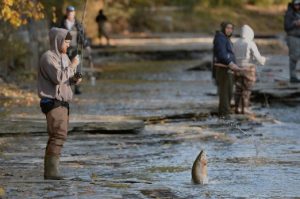 Springtime in Erie heralds the end of the steelhead run, but it’s still a viable season for anglers. From March to May, steelhead that have completed their spawning journey begin their return to Lake Erie. This migration presents opportunities for anglers to target steelhead both in the tributaries and near the lake’s shoreline. Warmer temperatures and increased daylight hours make spring fishing more comfortable, and the fish are still actively feeding before heading back to the depths of the lake.
Springtime in Erie heralds the end of the steelhead run, but it’s still a viable season for anglers. From March to May, steelhead that have completed their spawning journey begin their return to Lake Erie. This migration presents opportunities for anglers to target steelhead both in the tributaries and near the lake’s shoreline. Warmer temperatures and increased daylight hours make spring fishing more comfortable, and the fish are still actively feeding before heading back to the depths of the lake.
Summer:
While summer is not traditionally considered prime steelhead season in Erie, it’s still possible to catch these fish, especially in the early part of the season. From June to August, some steelhead may linger in the deeper, cooler waters of Lake Erie, providing opportunities for anglers with the right gear and techniques. However, summer steelhead fishing requires a different approach, as fish may be more scattered and less active compared to other seasons.
In conclusion, the best seasons for steelhead in Erie, PA, are fall, winter, and spring. These periods coincide with the steelhead migration, offering anglers the highest chances of success. Whether you prefer the brisk air of autumn, the serene beauty of winter, or the awakening of nature in spring, Erie’s steelhead fishery has something to offer throughout the year.
